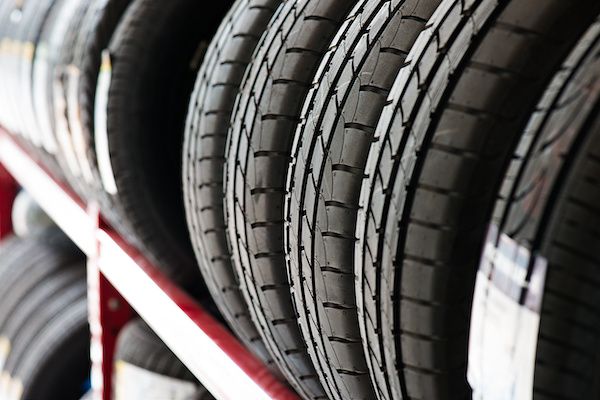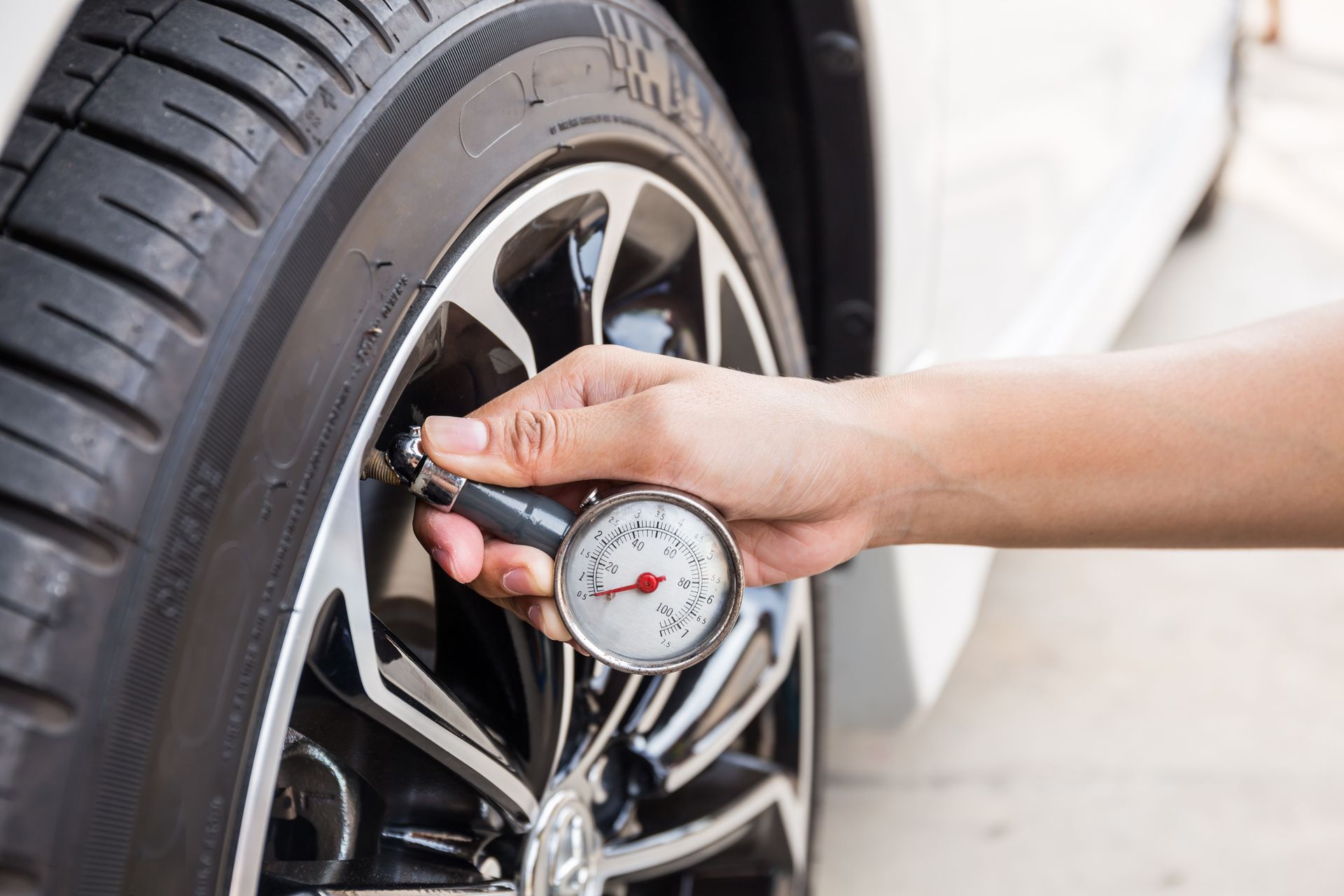The Only Tire Picking Guide You Will Ever Need
March 31, 2024

Choosing the right tires for your vehicle can be daunting. With so many options available, from all-season to performance, how do you know which ones are best suited to your needs? Fear not - this comprehensive guide will demystify the tire selection process and equip you with the knowledge needed to make an informed decision.
Tire Basics
Tires are composed of multiple layers, each serving a specific purpose in enhancing traction, handling, and ride comfort. The outermost layer, known as the tread, is the part of the tire that comes into direct contact with the road surface. Tread patterns vary widely, with designs tailored to specific driving conditions and performance requirements.
Beyond the tread lies the carcass, which provides the structural integrity of the tire. The carcass is typically constructed from layers of fabric and steel cords, carefully arranged to withstand the forces encountered during driving, such as cornering, braking, and acceleration. The sidewalls on the tire's outer edges offer additional support and protection against impacts and abrasions.
One of the most critical aspects of tire selection is size. Tire size is expressed as a combination of numbers and letters, indicating dimensions such as width, aspect ratio, and wheel diameter. Choosing the correct tire size is essential not only for ensuring proper fitment on your vehicle but also for maintaining optimal handling and performance characteristics.
As we said, tire size numbers represent width, aspect ratio, and wheel diameter - "215/60 R16" denotes a tire 215 millimeters wide, with a sidewall height 60% of the width, fitting a 16-inch wheel.
Tire type is another key consideration when selecting tires. Different tire types are designed to excel in specific driving conditions, such as all-season tires for versatile performance year-round, summer tires for enhanced grip in warm weather, and winter tires for superior traction on snow and ice.
In addition to size and type, tire construction plays a significant role in determining performance characteristics. Radial tires, the most common type found on modern vehicles, feature layers of cords arranged radially from the center of the tire, providing excellent stability and traction. Meanwhile, bias-ply tires, although less common today, offer robust construction suited for heavy-duty applications such as off-road driving.
Assessing Your Driving Needs
The first step in selecting the right tires is to assess your driving needs. Consider factors such as the typical weather conditions in your area, your driving habits, and the type of vehicle you own. For example, if you live in a region with harsh winters, investing in a set of winter tires may be prudent for added traction and safety.
Sorting Through Tire Options
Performance Ratings
Performance ratings provide valuable insights into how a tire performs in various driving conditions. These ratings typically encompass aspects such as traction, handling, and treadwear, allowing you to gauge the tire's overall capabilities. Look for tires that boast high-performance ratings in areas relevant to your driving needs, whether it's wet weather traction, dry road stability, or off-road capability.
Tread Life
Tread life is a crucial consideration when selecting tires, as it directly impacts how long your tires will last before needing replacement. High-quality tires are engineered to offer extended tread life, thanks to advanced tread compounds and tread designs that resist wear and tear. However, balancing longevity and performance is essential, as tires with longer tread life may sacrifice some handling characteristics.
Customer Reviews
Customer reviews provide valuable insights into the real-world performance of tires from individuals who have actually used them. Take the time to read reviews from other drivers, paying attention to their experiences with aspects such as traction, noise, ride comfort, and overall satisfaction. While individual experiences may vary, patterns in customer feedback can help you identify standout performers and potential red flags.
Making the Decision
Ultimately, choosing the right tires comes down to finding the perfect balance between performance and cost. While high-performance tires may offer superior handling and grip, they often come with a higher price tag. Conversely, budget-friendly options may sacrifice some performance attributes but can still provide adequate performance for everyday driving.
Woodie's Auto Service & Repair Centers - the right choice for all your vehicle's repairs and maintenance procedures!













